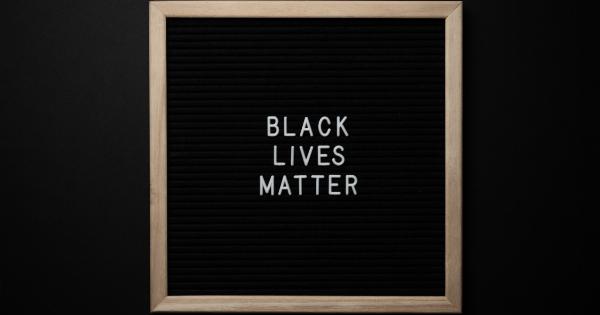Mental and physical tension can wreak havoc on our bodies and minds.
Whether it’s stress from work or anxiety from a personal issue, chronic tension can lead to physical and mental health problems like headaches, muscle pain, and difficulty sleeping. Fortunately, there are many ways to reduce mental and physical tension. In this article, we’ll provide 10 steps you can take to help release tension and improve your overall wellbeing.
Step 1: Practice Deep Breathing Exercises
Deep breathing exercises can help reduce tension and promote a sense of calm. Try sitting in a quiet place with your feet on the ground and your hands on your stomach.
Breathe in deeply through your nose and exhale slowly through your mouth, feeling your stomach rise and fall with each breath.
Step 2: Exercise Regularly
Regular exercise releases endorphins, which are natural hormones that help you feel good and reduce tension. Try to exercise for at least 30 minutes a day, whether it’s going for a brisk walk or hitting the gym.
Step 3: Get Enough Sleep
Getting enough sleep is crucial for reducing mental and physical tension. Aim for at least 7-8 hours of sleep each night to help your body and mind recover and rejuvenate from the day’s stress.
Step 4: Practice Yoga or Meditation
Yoga and meditation can help reduce tension by promoting a sense of calm and relaxation. Find a local yoga or meditation class or try some simple poses or guided meditations from home.
Step 5: Make Time for Self-Care
Make time for activities that make you feel good, whether it’s taking a bubble bath or reading a good book. Making time for yourself is important for reducing stress and promoting overall wellbeing.
Step 6: Practice Gratitude
Take some time each day to practice gratitude by thinking about things you are thankful for. Gratitude can help shift your focus to the positive and reduce tension and stress.
Step 7: Avoid Caffeine and Alcohol
Caffeine and alcohol can exacerbate tension and lead to increased anxiety and stress. Try to limit or avoid caffeine and alcohol to help manage tension.
Step 8: Connect with Others
Connecting with others can help reduce tension and feelings of isolation. Reach out to friends or family members or find support groups for people dealing with similar issues.
Step 9: Practice Progressive Muscle Relaxation
Progressive muscle relaxation involves tensing and then relaxing different muscle groups in your body. This can help release tension and promote a sense of relaxation and calm.
Find a guided progressive muscle relaxation exercise online or create your own at home.
Step 10: Seek Professional Help
If your tension is severe or chronic, it may be time to seek professional help. A therapist or healthcare provider can help you identify the root causes of your tension and develop a plan for managing and reducing it.






























